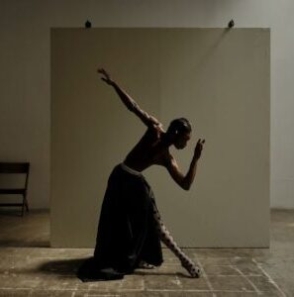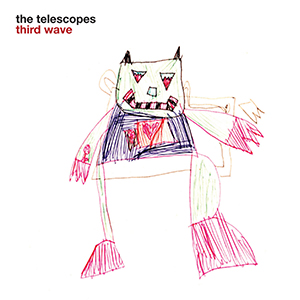Dancing out of the mould.
By Iona Cleave
“There are shortcuts to happiness and dancing is one of them” – Vicki Baum

Dance is a powerful art form, always waiting to be challenged. It is no less static than you or I – it moves, evolves and follows the rhythm of change.
Each great new decade and cultural change reflected through and within dance. From the rock n roll of the 50s, the swinging 60s, through the ages of disco and breakdance onto all forms of postmodern and the viral trends we see today. Dance is part of history – fluidly moulding and remoulding with the tides of time – giving it an almost ethereal, abstract, untouchable nature.
From ballet theatres and ballrooms to clubs and eventually the streets, dance has undergone rapid transformations to be a more inclusive, democratic form of art. Not simply to be performed and admired by a few.
Modern choreographers continue to embody this change and fight against formal boundaries in dance. Some of these rule-breakers, old and young, are redefining what we know and understand about dance and what it means to move.
WAYNE McGREGOR
The renowned Wayne McGregor, the first Resident Choreographer at the Royal Ballet, with no formal ballet training is a foremost rule breaker. He is all about contemporary and not just going against it but breaking the mould. His appointment signalled a great change in the ballet world – one of a more modern, fresh and innovative direction.
His works are desperately striking with movements that are carefully calculated and fiercely executed. Yet somehow maintaining a powerful fluidity throughout. It’s full of expression – bold, brave and dramatic, not always beautiful and knowingly so. It is a wonder to watch.
The formal world of ballet suffered in the 90s as other dance came onto the scene, the greats had died and choreographers left to pursue contemporary dance. Ballet has been trying to revive itself, remain relevant whilst also not losing itself. A complicated change that McGregor, following in the footsteps of other pioneers such as Michael Clark, is a strong part of. They are leading the way for a more adaptive and dynamic future for ballet.
McGregor’s opening for the Brit Awards 2016
MARION MOTIN
On the other end of the spectrum of change is Marion Motin. Aching to get away from cliché dance, she takes a very non formal approach to her works. Her distinctive style is easily recognisable now in the pop world through the likes of Christine and the Queen’s Tilted music video or Dua Lipa’s IDGAF. And she really doesn’t GAF. Her no nonsense attitude is dance is boring if it’s been done before. Why watch the same? She says. It doesn’t mean anything.
Motin’s fascinated by the way energy naturally moves in the body and expressing this through each movement. It’s all about powerful structures, shapes, lurches and jagged lines. Her work is always impactful as she champions the notion dance cannot just exist it needs to be justified.
Christine and the Queens’ ‘Titled’ music video, choreographed by Motin, is the epitome of strong but feminine beauty – almost dancing with her muscles.
HOMER BRYANT
Aside from breaking the mould, there are some fusing new moulds, such as Chicago based choreographer, Homer Bryant. Having grown tired of the structure of ballet, and its exclusive nature, he pioneered his own dance style known as ‘Hiplet’. This style is strange, utterly enticing and beautiful, a celebration of both hip hop and classical ballet. Bryant describes it as ‘sassy, hypnotic and exciting’ as they dance to urban music while remaining en pointe. It requires years of training, and is wildly demanding.
Any good kind of revolution against traditional dance will inevitably attract criticism, and Hiplet has been no different. Some have argued it’s too risky, whilst others argue the fusion is more of a clash, doing both styles a disservice. Yet, whether or not you agree, it’s helping to break away from the mould and make dance a more inclusive and diverse space.
Dance isn’t just to be admired, it is meant to be interpreted, challenged and changed. Rules were meant to be broken and so were formal styles of dance.
If you enjoyed reading about artists breaking the mould, check out A slight of Design
If you’d like more information on Wayne McGregor click here, the Hiplet Ballerinas or Marion Motin.





